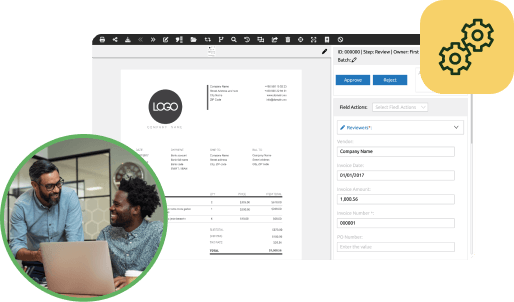
Janet Martin
Janet joined the PairSoft team upon its merger with Paramount Workplace, where she was also an integral part of the sales team for years. Janet resides in Michigan with her family.
View all posts by Janet MartinJanet Martin

Whether you’re new to nonprofit financial management or just pressed for time, you may fall into common mistakes that can jeopardize your organization’s stability and future. That’s why we’ve compiled this guide to help you identify common pitfalls and implement best practices to avoid them. Let’s get started!
Your budget is a roadmap that guides your organization’s financial decisions. An unrealistic budget (or, even worse, no budget at all) may cause you to overspend or misallocate resources.
Accurate financial records allow your team to understand your organization’s financial situation and allocate resources accordingly. Without sound financial records, it can be challenging to develop precise reports that support compliance with IRS regulations and stakeholder transparency.
To avoid losing their tax-exempt status, nonprofits must consistently follow several requirements. While you should review the full list of IRS exemption requirements, we’ll review some directly related to financial reporting.
Without internal controls, your organization is at a higher risk of financial errors and fraud. Establishing measures to maintain accuracy and security keeps your finances stable and helps you build trust and transparency with stakeholders.
While you might be narrowly focused on your monthly, quarterly, or annual finances, you must consider the future. Otherwise, you won’t be able to lay the groundwork to secure your organization’s financial sustainability and longevity.
Understanding common nonprofit financial management mistakes will help your team avoid these issues and keep your organization financially stable. If you need help implementing these practices, work with a nonprofit accounting firm for assistance.
Get a free demo to learn how our tailored workflows have boosted the AP performance for organizations of all sizes.


Many organizations start with manual receipt handling, fragmented card feeds and slow AP processes. Implement AI agents to auto-capture receipts, route approvals, enable punch-out buys and post to the ERP.
Result: faster batching, fewer errors and cost savings. “This saves us hours every month.”
Many organizations face slow, paper-heavy AP and fragmented procurement that waste time and inflate costs. AI Agents can automate approvals, PO matching and record sync to improve speed, accuracy and control. Client quote: “It freed up hours and made our process reliable.”
Operational drag and rising costs slow growth: teams waste time on manual tasks, misaligned priorities and opaque processes. AI Agents help automate routine work and coordinate actions across teams. “We’ve lost time to repeats and handoffs,” says a typical client.
Companies struggle with manual procurement, fragmented approvals, and costly integrations that slow growth and obscure spend. Our AI Agents streamline requisitions, POs, and invoice matching to cut manual work and improve visibility. “We were wasting time and missing insights,” says a client.

Many teams start with fragmented PO/AP systems, manual matching and delayed financial reporting. Deploying AI agents to automate PO checks, real-time encumbrance tracking and invoice matching reduces processing time and errors, delivering live budgets and faster closes. “Finally, we can see current balances and approve instantly.”
Many companies juggle growing invoice volumes and legacy systems. They struggle with manual processes, compliance gaps and limited headcount. Our AI Agents automate integrations, enforce rules and surface exceptions. The typical outcome: faster closes and measurable ROI. “We stopped chasing invoices.”